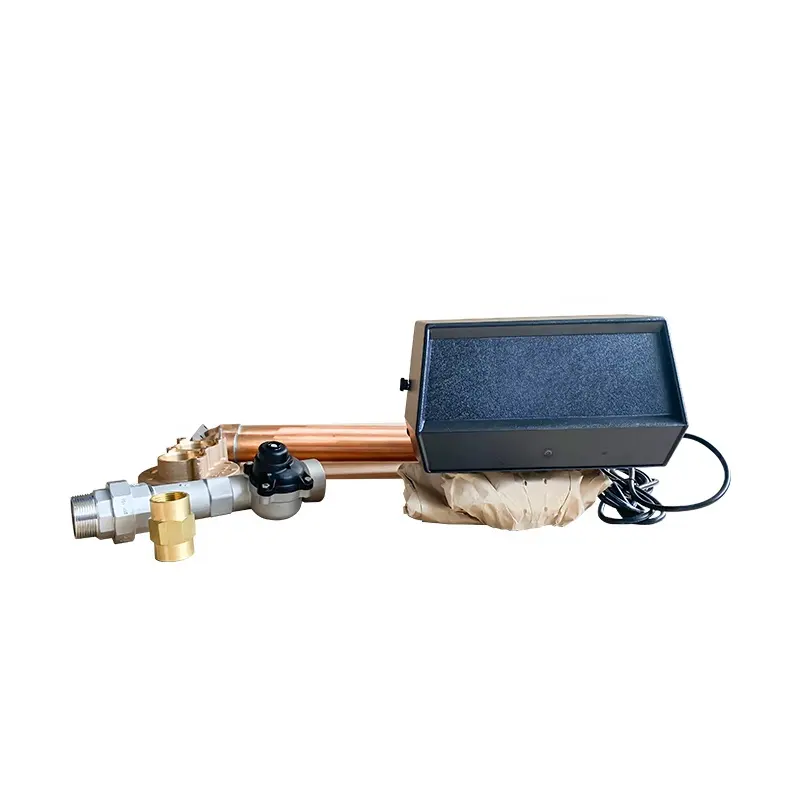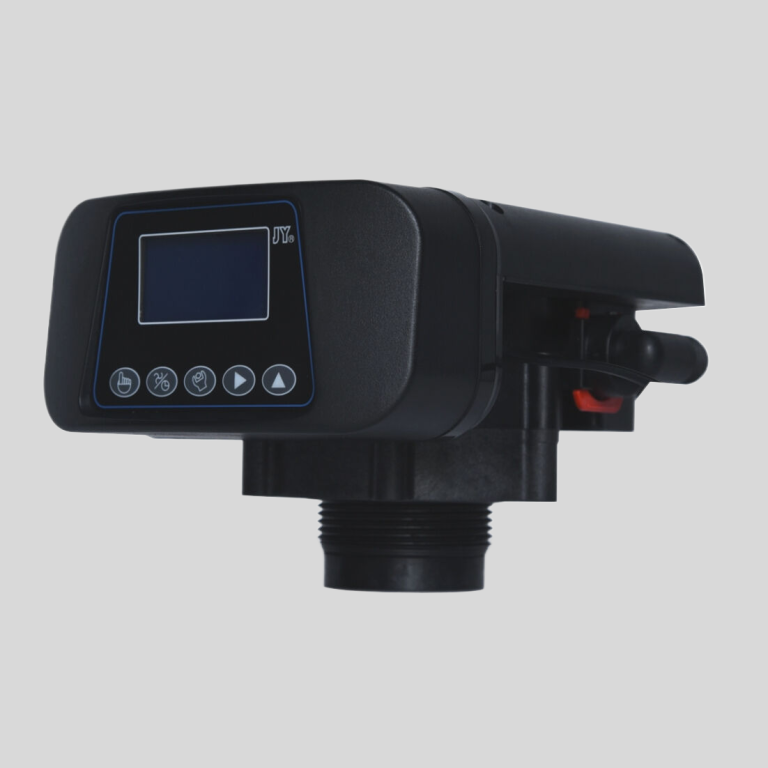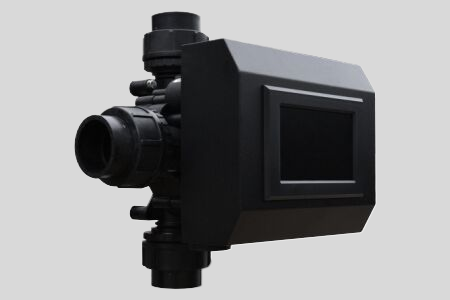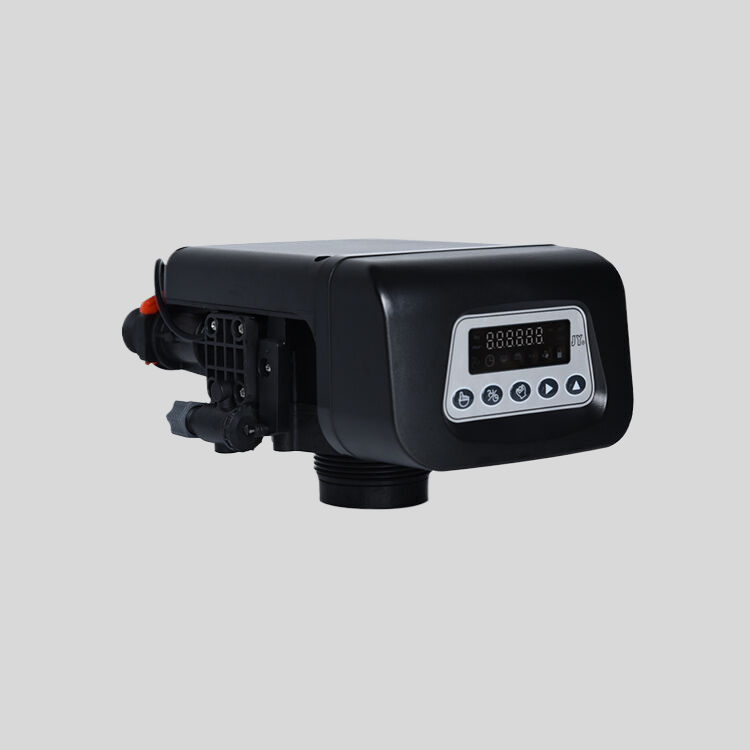Troubleshooting a Stuck water softener bypass valve
Water softeners are essential appliances in many households, helping to remove minerals such as calcium and magnesium from water to prevent scale buildup in pipes and appliances. However, like any other mechanical device, water softeners can experience issues that require troubleshooting and repair. One common problem that homeowners may encounter is a stuck water softener bypass valve.
A bypass valve is a component of a water softener that allows water to bypass the softening resin bed, effectively shutting off the softening process. This can be useful when performing maintenance on the water softener or when bypassing the softener altogether. However, if the bypass valve becomes stuck in the closed position, it can prevent water from flowing through the softener, rendering it ineffective.

There are several reasons why a water softener bypass valve may become stuck. One common cause is mineral buildup or debris that has accumulated inside the valve, preventing it from moving freely. In some cases, the valve may also become stuck due to corrosion or damage to the internal components.
If you suspect that your water softener bypass valve is stuck, there are a few steps you can take to troubleshoot the issue. The first step is to locate the bypass valve on your water softener. This valve is typically located near the control head of the softener and may be labeled as a bypass or regeneration valve.
If lubricating the valve does not resolve the issue, you may need to disassemble the valve to inspect the internal components for any signs of damage or debris. Before attempting to disassemble the valve, be sure to shut off the water supply to the softener and relieve any pressure in the system.
Carefully remove the valve cover and inspect the valve stem and O-rings for any signs of damage or wear. Clean any debris or mineral buildup from the internal components using a soft brush or cloth. If the O-rings are damaged, they will need to be replaced to ensure a proper seal.
| Category | Type | Feature | Model | Inlet/Outlet | Drain | Base | Riser Pipe | Brine Line Connector | Water Capacity m3/h |
| automatic softener valve | Downflow & Upflow Type\u00a0 | Supply Hard Water during Regeneration | ASB2 | 1/2″, 3/4″, 1″ | 1/2″ | 2.5″ | 1.05″ OD | 3/8″ | 2 |
| ASB4 | 1/2″, 3/4″, 1″ | 1/2″ | 2.5″ | 1.05″ OD | 3/8″ | 4 |
Once you have cleaned and inspected the valve components, reassemble the valve and test it to see if it moves freely. If the valve is still stuck, you may need to replace the valve entirely to restore proper function to your water softener.
In conclusion, a stuck water softener bypass valve can prevent your water softener from operating effectively. By following the troubleshooting steps outlined above, you can identify and resolve the issue with your bypass valve. If you are unsure of how to troubleshoot or repair your water softener, it is always best to consult a professional plumber or water softener technician for assistance. Remember, regular maintenance and care of your water softener can help prevent issues such as a stuck bypass valve from occurring in the future.





